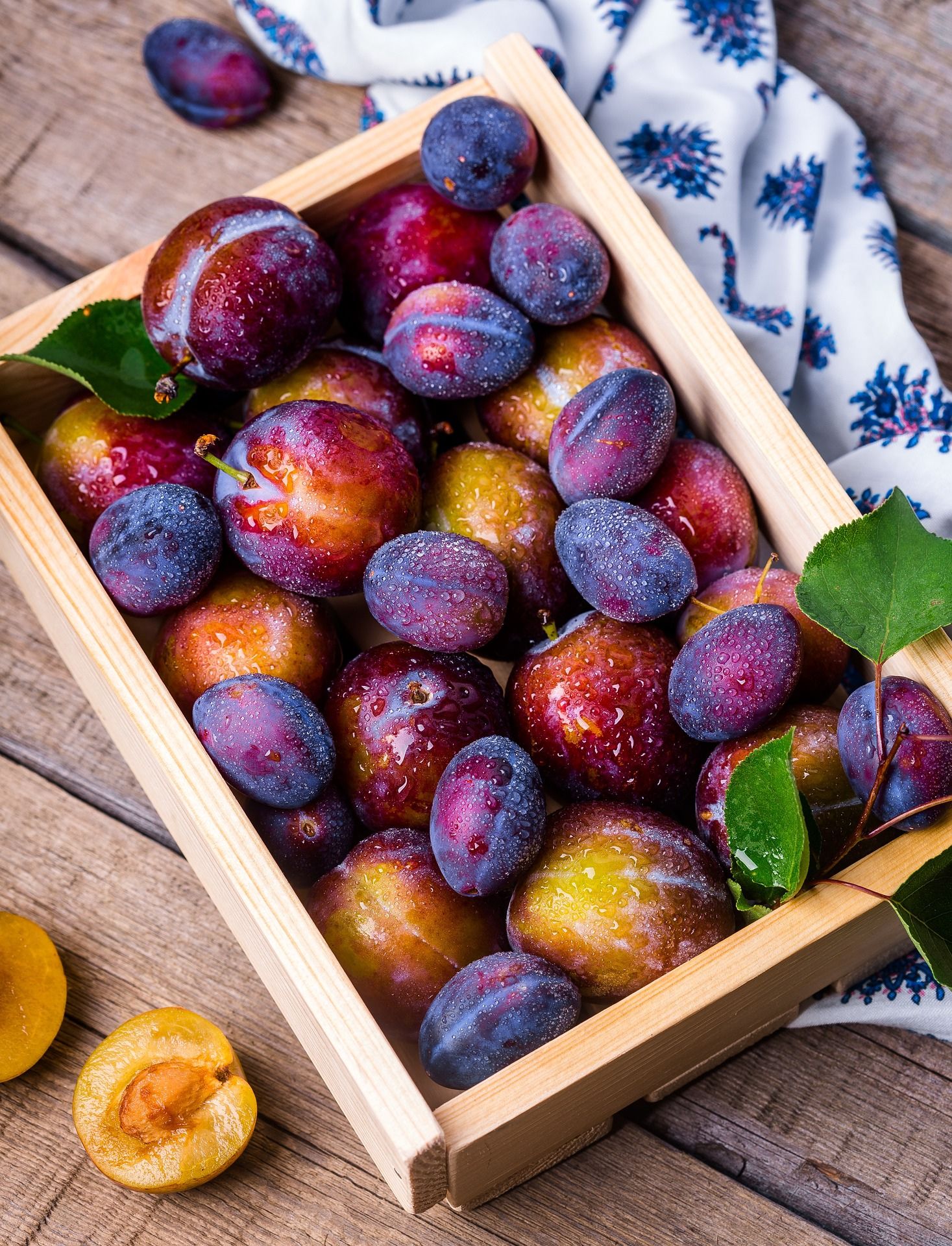The fruit known as žižole has been cherished for centuries across different parts of the world. Often recognized by its other name, jujube, žižole is small, sweet, and packed with nutrients. With a unique taste and remarkable medicinal properties, žižole has earned a special place in both traditional practices and modern nutrition.
Origins of Žižole
Žižole comes from the Ziziphus jujuba tree, which is native to Asia, particularly China and India. Over time, its cultivation spread to the Middle East, the Mediterranean, and even Europe, where the fruit became widely appreciated. In some cultures, ži-žole is not just a fruit but also a symbol of health, prosperity, and longevity.
Characteristics of Žižole
Ži-žole fruit is usually oval or round, with a smooth skin that ranges from green to reddish-brown when ripe. Its taste is often described as a mix between an apple and a date—crisp when fresh and chewy when dried.
Nutritional Profile
Žižole is not just delicious but also highly nutritious. It contains:
-
Vitamin C for immunity.
-
Antioxidants to fight oxidative stress.
-
Potassium and calcium for bone and heart health.
-
Dietary fiber to support digestion.
Health Benefits of Žižole
For centuries, ži-žole has been valued for its medicinal benefits. Traditional medicine, particularly Chinese herbal practices, often uses the fruit for its therapeutic effects.
Key Health Advantages
-
Boosts Immunity – Its high vitamin C content strengthens the immune system.
-
Improves Sleep – Known for its calming properties, ži-žole helps with insomnia and anxiety.
-
Supports Digestion – Fiber aids in regulating bowel movements and improving gut health.
-
Anti-Aging Properties – Antioxidants slow down cellular aging and improve skin health.
-
Energy Source – Its natural sugars provide a quick and healthy energy boost.
Žižole in Traditional Medicine
In Chinese medicine, žižole has been used for thousands of years to treat fatigue, stress, and digestive issues. In Mediterranean cultures, the fruit is also consumed as a natural remedy for coughs and throat infections.
Culinary Uses of Žižole
Ži-žole can be eaten in multiple ways:
-
Fresh – Crisp and juicy, similar to apples.
-
Dried – Sweet and chewy, often used as a snack.
-
Tea – Brewed into calming herbal teas.
-
Sweets & Syrups – Used in traditional desserts and health tonics.
Cultural Significance of Žižole
Žižole has a strong cultural presence in many regions. In China, it is associated with good fortune and fertility. In parts of Europe, especially the Balkans and Mediterranean areas, ži-žole trees are grown in home gardens as a sign of abundance and wellness.
Growing and Harvesting Žižole
The žižole tree is hardy and adaptable, thriving in warm climates. It requires little maintenance, making it a popular choice for farmers and gardeners. The harvesting season usually falls in late summer to early autumn when the fruits turn reddish-brown.
Modern Relevance of Žižole
With the rise of superfoods and natural remedies, ži-žole is regaining global attention. Nutritionists highlight its benefits as a natural alternative to processed snacks, while wellness industries incorporate it into teas, supplements, and skincare products.
Challenges in Popularizing Žižole
Despite its benefits, ži-žole remains lesser-known compared to other fruits. Limited awareness, lack of commercial cultivation in some regions, and competition with more common fruits have slowed its global popularity. However, with increasing interest in health and wellness, ži-žole’s demand is steadily rising.
Conclusion
Ži-žole, a fruit with ancient roots and powerful health benefits, continues to be a treasure in modern nutrition. From boosting immunity to improving sleep and digestion, it has earned its place as a versatile superfood. Whether consumed fresh, dried, or as part of traditional remedies, ži-žole remains a symbol of vitality, wellness, and cultural richness.

